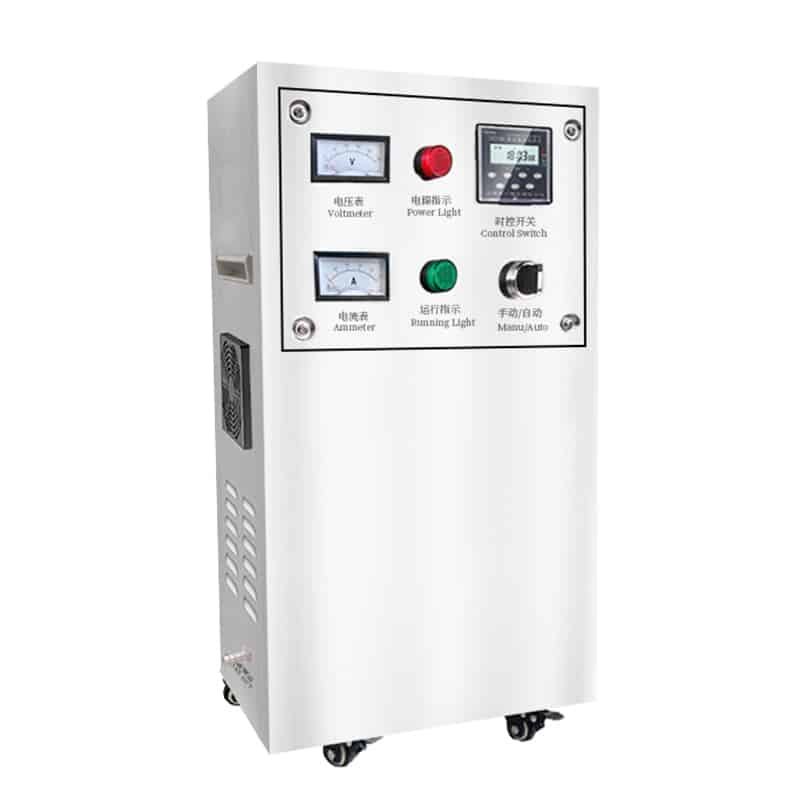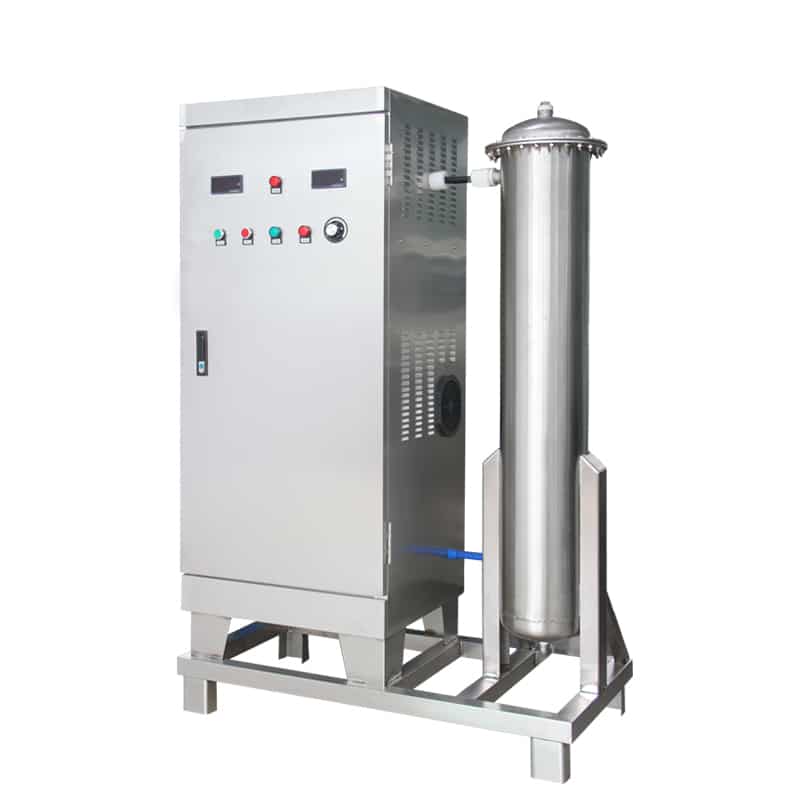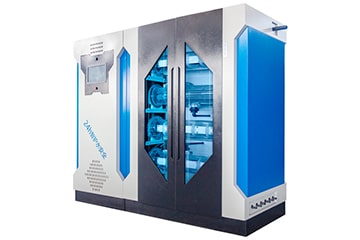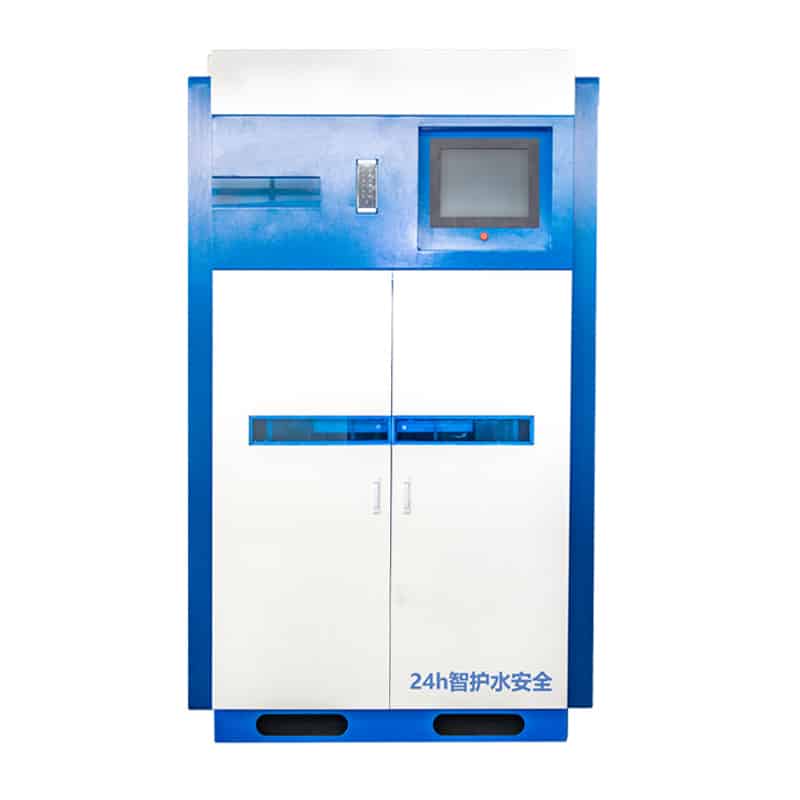Importance of disinfection lies at the core of ensuring the safety and quality of both drinking water and industrial water. It is a critical step in water treatment processes, removing or inactivating harmful microorganisms such as bacteria, viruses, and protozoa, thereby preventing waterborne diseases that could pose significant health risks if left unchecked.
Preventing Waterborne Diseases
The primary reason for disinfecting water sources is to eliminate harmful pathogens that may be present. These microorganisms, including bacteria like E. coli, viruses such as norovirus, and protozoa like Giardia, can cause illnesses ranging from mild gastrointestinal discomfort to severe health conditions. Effective disinfection significantly reduces the risk of waterborne diseases, safeguarding the health of individuals and entire communities.
Ensuring Safe Drinking Water
Clean and safe drinking water is a fundamental need for human survival. Disinfection ensures that harmful microorganisms in any water source are eliminated before the water reaches the tap, making it safe for consumption. Whether in urban or rural areas, disinfection systems are essential for delivering treated water that meets hygiene and safety standards.
Protecting Public Health
The importance of disinfection extends beyond drinking water. It safeguards public health in various settings, including swimming pools, hospitals, food processing facilities, and industrial water systems. In these environments, waterborne microorganisms can thrive and spread, causing outbreaks of infections. Proper disinfection measures prevent the growth and transmission of these microorganisms, protecting individuals and the broader public.
Applications of Disinfection in Different Fields
Disinfection is not limited to drinking water treatment; it has diverse applications across various sectors:
- Swimming Pool Water Treatment: Swimming pools are breeding grounds for bacteria and other pathogens. Using methods such as chlorination, ozone, or ultraviolet (UV) light disinfection ensures water hygiene and safety, preventing health issues among swimmers.
- Hospitals and Medical Facilities: Water sources in hospitals, clinics, and other medical facilities require rigorous disinfection to prevent nosocomial infections. In sensitive areas such as operating rooms and patient wards, water disinfection is critical to protect patients from waterborne pathogens.
- Food Processing Industry: Water is an indispensable resource in food processing. Strict water disinfection standards are applied to washing and cooling equipment, processing facilities, and handling food ingredients to prevent contamination from waterborne microorganisms.
- Industrial Water Treatment: Many industrial processes, such as power generation, manufacturing, and chemical production, use significant amounts of water. Disinfecting this water ensures that equipment and products remain uncontaminated while protecting workers from potential waterborne diseases.
- Agricultural Irrigation: Agricultural irrigation water, especially when recycled or wastewater is used, needs regular disinfection. Proper treatment prevents pathogens from entering farmland, protecting crops and consumers from contamination.
Various Disinfection Methods
Multiple disinfection methods are available, each suited to different water sources and treatment goals:
- Chlorination: Chlorination is one of the most common disinfection methods, using chlorine to kill bacteria and other harmful microorganisms. Its effectiveness and residual disinfection properties make it widely used for drinking water.
- Ultraviolet (UV) Irradiation: UV light destroys the DNA of microorganisms, preventing them from reproducing. This method effectively eliminates bacteria, viruses, and protozoa and is often combined with other techniques for thorough disinfection.
- Ozone Disinfection: Ozone gas, a strong oxidizing agent, destroys harmful microorganisms by breaking their cell walls. It is commonly used for wastewater treatment, drinking water purification, and industrial water processing.


- Chlorine Dioxide: Chlorine dioxide is a powerful disinfectant effective against a wide range of pathogens. It also minimizes the formation of disinfection by-products (DBPs).
- Sodium Hypochlorite Generators: Sodium hypochlorite generators produce sodium hypochlorite solution through the electrolysis of saltwater. This solution has strong oxidizing properties and effectively kills pathogens in water. It is widely used in industrial water treatment, swimming pools, and other applications. Compared to traditional chlorination, it produces fewer by-products and is safer to operate.


Disinfection By-products and Their Control
Although disinfection is crucial, some methods, like chlorination, can produce harmful by-products when reacting with organic matter in water. These by-products, such as trihalomethanes (THMs), have been associated with potential health risks, including cancer. Therefore, water treatment facilities must balance effective disinfection with minimizing by-product formation. Advanced treatment technologies, such as granular activated carbon and reverse osmosis, can help reduce these harmful by-products.
Ensuring Compliance with Water Quality Standards
Disinfection is vital for ensuring water quality compliance with regulatory standards. Agencies like the U.S. Environmental Protection Agency (EPA) and the World Health Organization (WHO) have set standards for disinfectant residuals and maximum allowable concentrations of microorganisms in water. Maintaining effective disinfection measures ensures water utilities meet these standards, delivering safe and clean water.
Summary
Disinfection is an indispensable step in water treatment processes, crucial for removing harmful microorganisms and ensuring the safety of drinking water. It prevents waterborne diseases while protecting public health across diverse applications. With the advent of various disinfection methods, selecting the appropriate technique for specific water sources and needs is essential. By investing in effective disinfection systems, we can protect public health, ensure compliance with standards, and provide water that is safe, clean, and free from harmful pathogens.
KUOSI offers disinfection systems in addition to sludge dewatering equipment, sludge dryers, sludge conveyors, dosing systems, DAF systems, aeration blowers, wastewater screens, grit removal equipment, compactors, scrapers and decanter centrifuges. For more water treatment solutions, please visit our website or contact us!
